Description
China (11D10N) – Classical China
Day 01: Arrival in Beijing
Day 02: Beijing
Day 03: Beijing & Great Wall
Day 04: Beijing – Xi’an (Overnight Train)
Day 05: Xi’an
Day 06: Xi’an – Guilin – Yangshuo
Day 07: Yangshuo
Day 08: Yangshuo – Guilin – Shanghai
Day 09: Shanghai
Day 10: Shanghai
Day 11: Departure from Shanghai
Day 01. Arrival in Beijing
Welcome to Beijing, capital of the “Middle Kingdom”!
Upon arrival, a guide and driver will be waiting to provide transport into the city and to the hotel.
Begin this classic China trip enroute to the hotel with a visit to the iconic “Bird’s Nest” stadium, a contemporary structure (partially designed by Ai Weiwei) symbolizing modern China, featured during the Opening Ceremony of the 2008 Olympic Games.
After stopping at the hotel, continue with a visit to Beijing’s famed hutongs (narrow alleys and streets, exclusive to Beijing) near Houhai Lake. Continue with a visit to the Gulou, or Drum Tower, where during the Ming Dynasty, the city marked the hours of the day with the rumbling of drums. The tower faces the Zhong Lou, the Bell Tower, and gives visitors a glimpse of ancient Beijing.
Conclude the day with a refreshing change of decor and ambiance in the Wangfujing neighborhood – the most commercial area of the capital. While exploring the region, enjoy the opportunity of witnessing how modernized China has become and how its fierce consumerism continues.
Return to the hotel for the night.
Estimate distance and journey time:
Beijing airport – Beijing City (approx. 30 km): 40 min
*Depends on local situation (the weather/construction/traffic jam, etc.), may take longer
Overnight in Beijing
Meal(s): –
Day 02. Beijing
Begin Day two of this classic China trip exploring the religious syncretism of China, with its fusion of popular and old-fashioned beliefs: Confucian doctrines, Chinese-originated Taoism, and the foreign versions of Buddhism, Islam, Judaism, and Christianity.
The day starts very early with a visit to the Temple of Heaven. Before entering the temple, explore the surrounding grounds, which provide some unique insight into daily Chinese activity. From Tai Qi, Kung Fu and sabre practice to meditation, tango, and gymnastics, physical exercise is considered an essential start to the day for the Chinese.
Continue on with a visit to the Temple itself, marked by both simplicity and symbolism. Displaying touches of Buddhism and Taoism, the temple was once used by Emperors to direct authority on earth from the heavens.
Next, visit the discrete White Cloud Temple, where Taoist monks wear their hair in chignons and superstitious visitors can touch the sculpture-murals representing the twelve Chinese Zodiac animals. For those with enough time to spare, pay a visit to the Niujie Mosque, a place that showcases the expansion of Muslim merchants from Central Asia to China.
Lunch will be had around noon; a vegetarian meal located in the in the downtown section of the city.
In the afternoon, pay a visit to the Yonghe Temple, the most visited temple in town. A Tibetan Buddhist temple, Yonghe is famous for its 18-meter-high Buddha statue made from only one block of wood.
End the day with a visit to the Confucius Temple, named after the very man behind the moral codes and precepts that organized the majority of the social interactions of Imperial China. Even today, Confucianism still surfaces in China to be a part of the society.
Option: Enjoy an evening Kung Fu show in the historic Red Theater! Originally known as Changwon Worker’s Cultural Palace Theater, the theatre’s stage facilities have been dramatically improved, offering a range of traditional Chinese performances.
Estimate distance and journey time:
Temple of Heaven – White Cloud Temple (approx. 12km): 25 min
*Depends on local situation (the weather/construction/traffic jam, etc.), may take longer
Overnight in Beijing
Meal(s): Breakfast, Lunch
Day 03. Beijing & Great Wall
Start day three with a visit to one of the world’s most famous attractions: The Great Wall of China. Though it’s not visible from space (contrary to popular belief), this landmark is still as breathtaking as one would imagine. Although its roots date back some 2,000 years to the Qin Dynasty, the Wall as we know it today was mostly built and renovated during the Ming Dynasty. Spanning over 6,000 kilometres, the Wall reaches from Ancient Manchuria to the Gobi Desert in the west, dotted with tall watchtowers along the way.
Begin the day with an early morning visit to the Mutianyu section of the Wall. Early morning is, by far, the best time of the day for photographs, as fewer tourists will be around to obstruct the views.
For those who aren’t keen on a hike back down (after the hike to the top), there is an alternative option for descending via cable car or toboggan (for those seeking an adventurous descent!) Time allowing, there may also be an opportunity for a picnic on the Great Wall.
After the Great Wall explorations, pay a visit to the Summer Palace. What once stood as a simple Imperial Garden, was entirely renovated by Emperor Qianlong during the 18th century to become one the most important sites of the capital. Harmonious in nature, a variety of traditional Chinese temples, pavilions, lakes and gardens comprise the Palace.
After the palace visits, transfer will be provided back to the city for an evening at the hotel.
Estimate distance and journey time:
Beijing city– Mutianyu Great Wall (approx. 75km): approx. 2 hours
Mutianyu Great Wall – Summer Palace (approx. 75 km): 1h45
Summer Palace – Beijing city (approx. 22 km): 40 min
*Depends on local situation (the weather/construction/traffic jam, etc.), may take longer
Overnight in Beijing
Meal(s): Breakfast, Lunch
Day 04. Beijing – Xi’an (Overnight Train)
The morning of Day 4 will be set apart for a visit to the Forbidden City.
The construction of the city was finished in 1420 during the reign of the Ming Dynasty, serving as the Imperial administrative centre until the fall of the Empire in 1911.
Note:
Access to for Forbidden City is limited to 80,000 visitors/day. Passport copies must be provided at least 11 days advance for personal registration (preferably 2 weeks in order to assure a successful booking); it will not be possible to modify this date later on. Visitors are required to bring their passport for security check upon their visit to the monument. Forbidden City is closed on Mondays, except China National Holidays.
Restored in 2008 for the Beijing Olympics, the Forbidden City has since regained its youthful, vivid colors. As there is much to see in the compound, it is suggested that visitors take their time during the visit. After exploring the interior and exterior parts of the compound, visitors can climb the artificial coal hill behind the Forbidden City for spectacular view of the entire site and lets you get a grasp of the layout of the whole of Beijing.
After the Forbidden City explorations, transport will be provided to the Beijing train station for the trip to Xi’an.
Overnight train in a soft sleeper cabin to Xi’an.
Train station: Beijing – Xi’an
Train number: T41
Estimated departure time: 14:22
Estimated arrival time: 05:35 (+1)
There is also the option to take the Highspeed train during daytime. Consult us if you are interested with the option and we will review the program to integrate this choice.
Soft berthed tickets are included in the price; four berths per cabin. For those interested in reserving the entire cabin (or booking into a different class), please consult us in advance. (Tickets and class depend on availability and are subject to change)
Estimate distance and journey time:
Beijing City – Beijing Train Station (approx. 8km): 20 min
*Depends on local situation (the weather/construction/traffic jam, etc.), may take longer
Overnight on the train
Meal(s): Breakfast
Day 05. Xi’an
Upon arrival, a local guide and driver will be waiting to provide transport to the hotel.
Welcome to Shaanxi Province, often considered the birthplace of Chinese civilization. The capital of the Empire three times, Xi’an played an integral role in the history of the country.
As no classic China trip is complete without seeing them, start the day by visiting the Xi’an Terracotta Warriors.
Unearthed accidentally in 1974 by local farmers, this grand discovery became one of the greatest archaeological finds in modern history. An expansive underground mausoleum built in response to Emperor Qin Shi Huangdi’s fear of malevolent spirits, this immense army features infantrymen, archers, and cavalry riders positioned to protect him in the Afterlife. The most astonishing fact about the warriors? Every single one has a different face from a soldier during the emperor’s life!
The statues can be viewed in three different pits. Start with pits number 2 (still being excavated) and number 3 (sheltering the majority of the excavated items). Conclude with pit number 1, the most impressive, housing about 2,000 warriors.
After the Terracotta warrior tour, embark on a bike tour (or, for an additional charge, cart tour) for about one hour to discover Xi’an… without traffic jams and crowds! One of the highlights of the tour will be the impressive Xi’an ramparts, built during the Ming Dynasty.
Continuing with the cultural visits, explore part of Xi’an’s Islamic background. During the day of the Silk Road, Muslim merchants from Central Asia came to China to do business, leaving behind their influence in Xi’an. Several Muslim minorities (totaling 15 million inhabitants) now live in China- the Hui minority being predominant in Xi’an.
Visit the Chinese-style Mosque and the vibrant neighborhood around it, housing a number of butcher shops and different sorts of stores where men wear white skull caps and women wear colorful headscarves. At dinner, take in the unique ambiance of the night market while dining on the neighborhood’s specialties of spiced lamb kebabs, flat bread, and mutton soup with noodles.
Estimate distance and journey time:
Xi’an Train Station – Xi’an City (approx. 12km): 30 min
Xi’an City – Terracotta Warriors (approx. 45km): 1h
Terracotta Warriors – City Wall (approx. 43km): 50 min
City Wall – Mosque (approx. 6km): 20 min
*Depends on local situation (the weather/construction/traffic jam, etc.)
Overnight in Xi’an
Meal(s): –
Day 06. Xi’an – Guilin – Yangshuo
Begin Day 6 with a transfer to the airport. Along the way, visit the tomb of Emperor Jing nearby to the airport. Standing in stark contrast to the cruelty of Qin Shi Huangdi, Jingdi was known more for his humanism and diplomatic relations; an ideal visit before taking off.
Opened in 2006, tomb houses a multitude of figurines representing eunuchs, servers, and domestic animals, and brings more to mind the normal day life under the Han Dynasty. Glass panels walk over the different pits, revealing the recently uncovered statuettes.
After the final Xi’an visit, take the onward flight towards Guilin. A guide will be waiting to provide transport onwards to Yangshuo.
Estimate distance and journey time:
Xi’an city – Han Yangling tomb (approx. 27km): 40 min
Han Yangling tomb – Xi’an airport (approx. 30km): 25 min
Guilin airport – Yangshuo (approx. 83 km): 1h15
*Depends on local situation (the weather/construction/traffic jam, etc.), may take longer
Overnight in Yangshuo
Meal(s): Breakfast
Day 07. Yangshuo
Start the morning around 8:30am for a transfer via car/minibus to the bicycle pick-up point, located in the town of Yangshuo. Here, guests will meet their cyclist guide. The day features two options for cyclists:
Option 1: Depart at 9:00am by bike from Yangshuo towards the village of Baisha, located around 10km away on the Yulong River (Jade Dragon River). En route, cross the famous 400-year-old Yulong Bridge and ride along the river passing fruit orchards containing oranges, mandarin, and chestnut and pomelo trees. All the while guests can admire the rural scenery of the Guangxi countryside, famous for its superb karst peaks (commonly called “sugar loaf” mountains).
The choice then is to go back across the river, returning to Yangshuo, or continuing further south towards Moon Hill. This imposing hill pierced by a moon-shaped hole offers spectacular views of the surrounding area. The ascent takes between 30 – 60 minutes, depending on the pace; the price of the entrance ticket is not included in the total cost of the trip.
Option 2: Around 9:00 AM, cycle off towards Mushan, located 3 km west of Yangshuo. 500 years old, Mushan is known for its unique feng shui design, which follows the “Eight Trigrams of Taoism.” From there, follow the general path of the Li River as far as the 800-year-old fishing village of Liugong (around 20 km from Yangshuo), known for its ancient houses and “three-colored pools.” Return to Yangshuo, passing through Yongcun with an optional extension to Moon Hill (entrance ticket is not included in the total cost of the trip.
Transfer back to the hotel.
Option 1: Ride up to 40km (60km if extending to Moon Hill). Difficulty: Easy (flat all the way, partially around the Jade Dragon River area but principally along country paths)
Option 2: (Ride up to 40km) Difficulty: Easy (flat all the way, partially around the Li River part on a tarmac road, but principally along country paths)
After the cycle, a transfer will be provided to the cooking school, located in the superb Yangshuo countryside.
The cooking class includes a visit to a local market (where ingredients are selected) followed by a group class at the school (maximum of 16 people per class). After the course, enjoy the day’s work with the delicious meals!
There are two menus: course 1 is taught on Mondays, Wednesdays, and Fridays and Sundays, course 2 is taught on Tuesdays, Thursdays and Saturdays.
Each student will have a hob, a wok, and all the necessary ingredients for making the day’s five dishes. Guests can select between the following:
Course 1
Beer fish (famous local dish)
Chicken with cashew nuts
Steamed stuffed vegetables
Eggplant with soy and oyster sauce
Green vegetables with garlic
OR
Course 2
Egg wrapped dumplings
Steamed chicken with mushroom
Duck with pickled ginger and chilies
Stir fried pork with vegetables and oyster sauce
Green vegetables with garlic
Optional: In the evening, enjoy the show ‘Impressions Liu Sanjie.’ Directed by Zhang Yimou and located in the karst countryside, hundreds of local actors imitate scenes from rural life by dressing up in traditional costumes of the minorities of the region.
Overnight in Yangshuo
Meal(s): Breakfast, Lunch & Dinner
Day 08. Yangshuo – Guilin – Shanghai
Continue your journey and transfer to the Guilin airport for your flight to Shanghai. Upon arrival into Shanghai, a guide will be waiting to help with a very unique transfer into the city.
Getting a feel for Shanghai’s contemporary atmosphere, ride the electromagnetic Maglev train into the city. Reaching speeds of up to 430 kilometers per hour, the ride takes only 8 minutes to cover a distance of 30 kilometers!
Disembark the Maglev and take the subway, ultimately arriving to to Pudong district. While taking the city’s quick and efficient transport, personal luggage will be collected at the airport.
Upon arrival to the neighborhood of Lujiazui, some of the icons of Shanghai stand surrounding: the Oriental Pearl TV Tower, Jin Mao Tower, and Shanghai Tower. Shanghai Tower is 632 meters tall with 121 floors above ground and 5 floors underground, it becomes the tallest and largest building in China. Can take its super high-speed elevator to its 118th floor observation terrace and enjoy a panoramic view of the city.
Shortly after, take the famous Bund Sightseeing Tunnel (a mini subway line) to cross the Huangpu River to reach Puxi.
Discover the Bund, the city’s famous walkway, along some of Puxi’s historical buildings. The area dates back to the 1930s, reflecting Shanghai’s rich culture and European influence.
Continue on to explore the famous Nanjing Road with its colorful signs and crowds of locals and tourists alike; the perfect image of a modern Asian capital. For those interested, feel free to explore the neighboring streets animated by restaurants, food stalls, and countless other attractions.
After completing the Nanjing Road visits, arrive at People’s Square, where transportation will be provided back to the hotel.
Estimate distance and journey time:
Yangshuo – Guilin airport (approx. 85 km): 1h30
Shanghai city – Shanghai Pudong airport (approx. 45 km): 1h
OR
Shanghai city – Shanghai Hongqiao airport (approx. 15km): 30 min
*Depends on local situation (the weather/construction/traffic jam, etc.), may take longer
Overnight in Shanghai
Meal(s): Breakfast, Lunch & Dinner
Day 09. Shanghai
Picking up where yesterday left off, begin Day 9 of this classic China trip with a transfer to People’s Square. After meeting with the guide, continue on to explore some of Shanghai’s fantastic museums:
Start off with the Shanghai Urban Planning Exhibition Centre, where a model city of Shanghai provides excellent insights into the city’s layout.
Additionally, a stunning panoramic cinema will display a short video explaining how the city developed into the metropolis it is today. The remainder of the museum has a range of unique, interactive attractions- well worth the visit!
Please note: Urban Planning Exhibition Hall Shanghai will close on every Wednesdays except Public Holidays.
From here, head to one of the most famous and prestigious museums in the country: The Shanghai Museum. Its collection of bronze statues on the first floor is unrivalled, and is complemented by a number of jade pieces of artwork, as well as Qing Dynasty furniture, Buddhist sculptures, and other pieces of Chinese artwork.
For those interested in art, the day will end with a visit to the Museum of Contemporary Art (MOCA).
After the museums, the delightful People’s Park is a great place to relax at, situated at the heart of People’s Square. The park has a small lake, a number of food stands, and countless places to sit and enjoy the atmosphere.
Concluding the day, walk from the Square along East Nanjing Road, arriving to the Bund to admire the Shanghai night skyline. Head back to the hotel and retire for the evening.
Option: Enjoy an “ERA” evening show, one of the most popular evening entertainments in the city. On stage for 6 years, ERA is a multimedia odyssey whose inspiration is a direct result of the combination of traditional Chinese acrobatic arts and modern technology.
Overnight in Shanghai
Meal(s): Breakfast, Lunch & Dinner
Day 10. Shanghai
Begin the day by heading towards the French Concession: a symbol of a time when Western powers were accorded many privileges. Particularly of note is Fuxing Park, where Chinese practice their daily morning exercise rituals.
After exploring the park, wander on along the surrounding roads, admiring colonial homes which have now been transformed into restaurants, bars, and different boutiques.
Wander on towards Xintiandi, an entirely renovated area that is considered one of the liveliest parts of the city. Conclude the walk at Tianzifang, a maze of animated alleyways full of restaurants, boutiques, and small, authentic art galleries.
Conclude the walk in the Old Town with its few remaining lively lilongs (which are like the hutongs found in Beijing). The Old Town also houses the famous Yu Yuan Gardens, a superb example of the art of Chinese garden landscaping, particularly common in this region.
Before heading back, pay a visit to the local bazaar, where visitors and locals come to haggle. It’s a perfect chance to buy some souvenirs before departure the following day. Alternatively, take a rest at the Huxinting tea house, located at the centre of the lake opposite the Yuyuan Park; one of the most famous tea houses in China.
Wrap up the day with a traditional Chinese massage, or “acupressure,” a technique that concentrates on acupuncture points to stimulate the body’s natural healing… the perfect conclusion for this trip full of contrasts and lessons!
Estimate distance and journey time:
Xintiandi – Yu Yuan Gardens (approx. 4km): 15min
*Depends on local situation (the weather/construction/traffic jam, etc.), may take longer
Overnight in Shanghai
Meal(s): Breakfast
Day 11. Departure from Shanghai
Wrap up this classic China trip with transport (provided) to the airport for the departing flight.
Estimate distance and journey time:
Shanghai city – Shanghai Pudong airport (approx. 45 km): 1h
OR
Shanghai city – Shanghai Hongqiao airport (approx. 15km): 30 min
*Depends on local situation (the weather/construction/traffic jam, etc.), may take longer
End of Services.
Meal(s): Breakfast
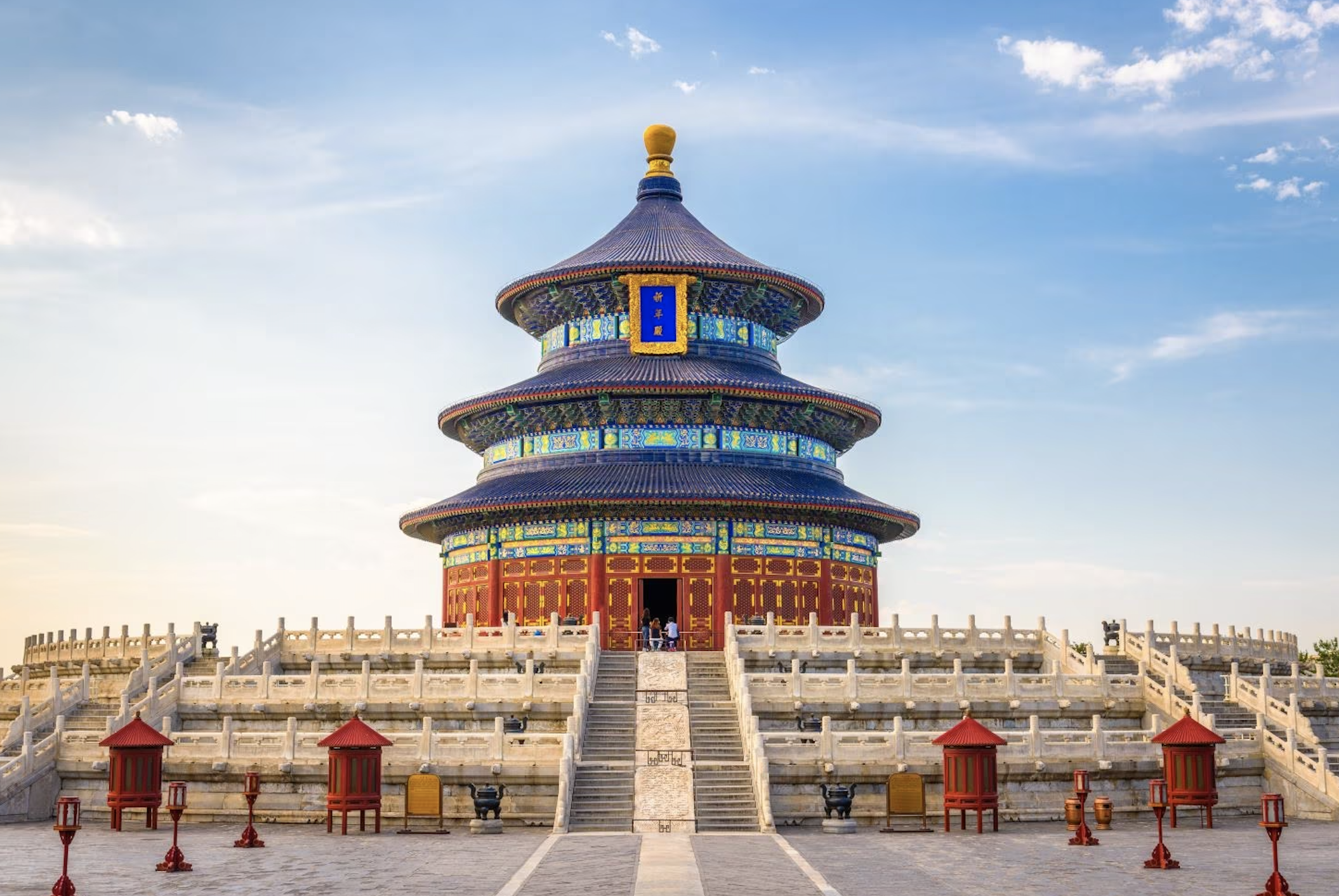

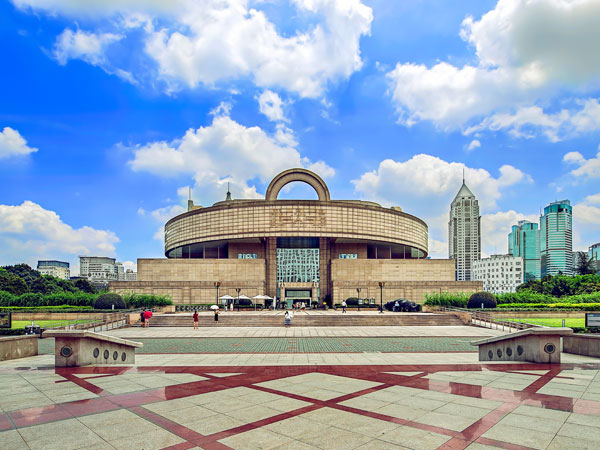

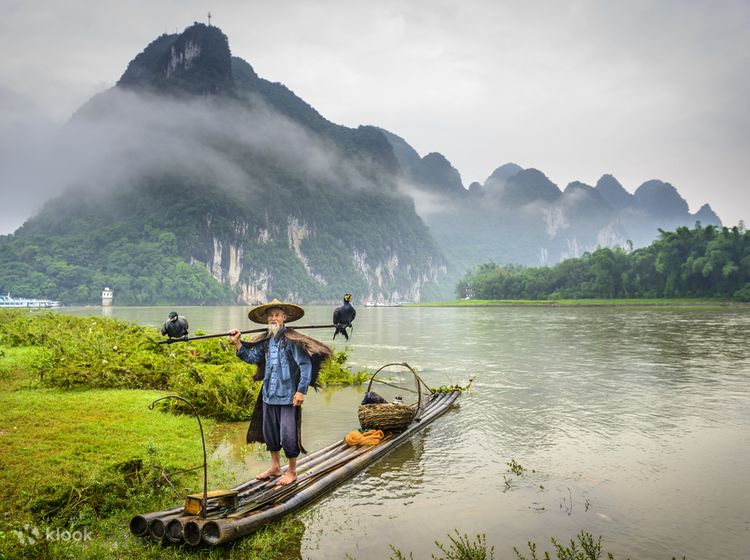
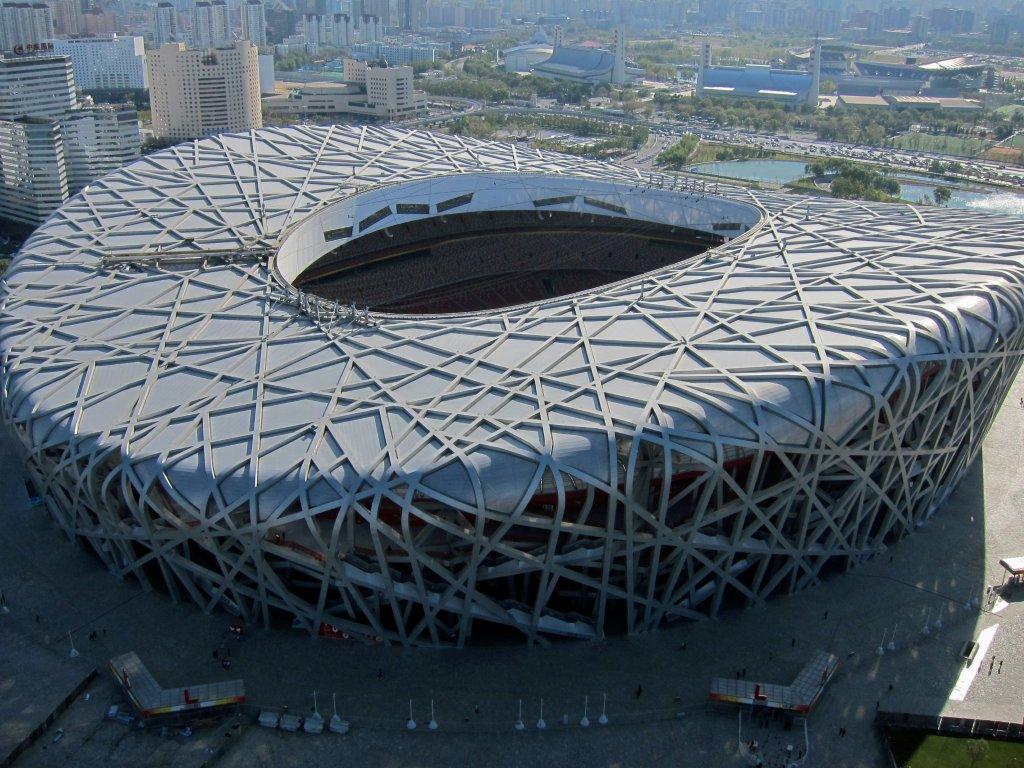
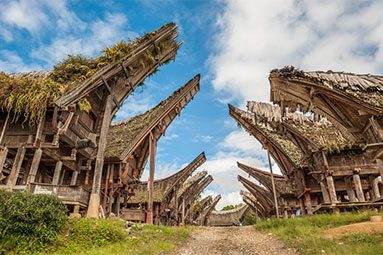
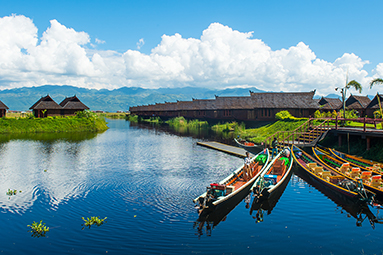

Reviews
There are no reviews yet.